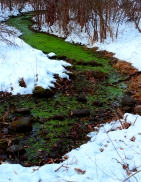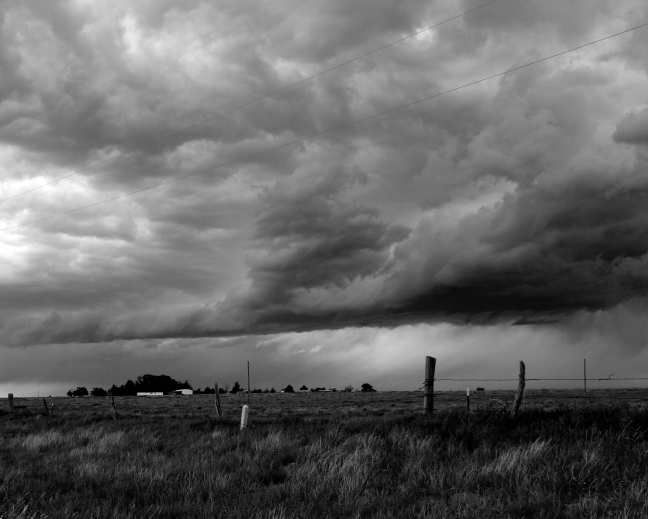Have Some Divinity
The premise is this: for each day in December, instead of counting down on an Advent calendar, I’m counting the free gifts we all get every day. Today’s gift is divinity, but I don’t mean the candy. I mean The Divine, The Sacred, The Holy and experiences of them. Don’t we all have the opportunity to receive that every day? If you look for it, will you find it? I think so.
So, what is sacred? How do you recognize the divine and holy? In art, there’s always a halo or a sunbeam to give you a clue. What about here on earth?
‘Namaste’ is the Sanskrit greeting recognizing the existence of another person and the divine spark in that person, with the hands pressed together in front of the heart chakra. I think the divine spark exists in every living thing as the breath of life. Every encounter with a living thing is an experience of the divine. We hardly ever act like that is true, however. But we could. Native Americans and many African tribes have hunting rituals that celebrate the sacred exchange of life. The hunted animal is divine, sacrificing itself for the life of the hunter, and the hunter shows a holy appreciation. Often, when I look at macro photography of living things, flower stamens, insects, mosses, I am compelled to worship the divine in the detail. Life is sacred and beautiful. Looking closely and deeply is a way to practice recognizing that.

Seeing macro, but lacking the lens
In a dualistic world view, the mundane and the divine are polar opposites. One is worldly, one is sacred. If this world were imbued with holiness, if God became incarnate and entered flesh in this world, those opposites would run together like watercolors. Many cultures believe this is the truth about life. The waters under the firmament and the waters above the firmament are separated in one telling of the creation story, but the Spirit of God was moving over all of the waters from the very beginning, even in that story. The understanding that divinity is everywhere has inspired people all over the globe for centuries. This place we inhabit is special; it’s valuable. It’s all holy. This is the beginning of respect for the Universe and everything in it. Somewhere in Western history, that idea lost its power. Earth and everything in it became base and fallen. Good turned to bad and life turned to death. I’m not sure if that new idea has been very helpful. I rather think it hasn’t. And I don’t think it has to be that way. It’s an idea, after all. So if it’s not a helpful idea, why support it? How would you rather live? In a fallen world or in a world where the sacred and divine can be found everywhere? Just wondering out loud. I’m not saying that one idea is right and the other wrong. The glass is neither half full nor half empty. It’s a glass, and there’s water in it. The rest is conceptual. Why argue? Choose how to live with the glass and the water. As for me and my house, “I choose happy.” (One of Jim’s conclusive statements.)
I hope this gives you something to ponder for today. If you like, you can add a scene of Edmund Pevensie in Narnia being asked by the White Witch what he craves. “It is dull, Son of Adam, to drink without eating. What would you like best to eat?” “Turkish Delight, please your Majesty!” he responds. What if he had said, “Divinity”? Same story, nuanced. I would like to taste the sacred in this world, and I believe it’s here.


















































